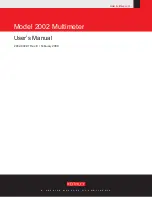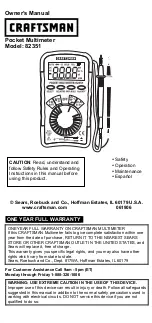
Appendix B - Network Addresses
150-357-200-02, Issue 2
56
February 9, 1999
HXU-357 List 1
A
PPENDIX
B - N
ETWORK
A
DDRESSES
ADC uses the standard Transmission Control Protocol / Internet Protocol
(TCP/IP) on an Ethernet interface to send internal management information
between chassis. The Wideband 3190 can support up to 32 chassis using a
low-cost 10BASE-T twisted pair or 10BASE-2 coax cable Local Area
Network (LAN). If only TAO software is used and there is no need to
download multiplexer software, then 10BASE-T is not required and either
type of cable can be used between shelves. Systems that use TL1 or require
download functions must use 10BASE-T. 10Base-T also makes
troubleshooting larger systems much easier.
ADC recommends that the Wideband 3190 be placed on its own LAN. Any
connection to a larger network should be done through a router with the
appropriate firewall protection. On a private LAN, selection of the IP address,
subnet mask, TCP/IP server address and trap addresses is basically arbitrary,
but some understanding of these functions is still required to make an
informed choice.
Hardware Addresses and IP Addresses
To communicate, physical networks rely on 48-bit hardware addresses
known as Media Access Control (MAC) addresses. Every network interface
adapter has a unique hardware address assigned by the manufacturer and
coded into the circuitry. On a local network, each piece of equipment picks
up data which is addressed to it. In order for one device to send data to
another, it must know the hardware address of the destination device. This
works fine for small networks, where devices can easily broadcast their
names and addresses on the network and make it easy to find them, but it does
not work well for large networks or for communication between devices on
different networks.
To solve this problem, a higher level of address, called an IP address, is used
to identify each device in the internet. IP addresses, unlike hardware
addresses, are not burned into the electronics, but are configured in software
when a device is set up and plugged into a particular network. Each IP address
is associated with a particular hardware device. For example, a Product Name
shelf has two components that have IP addresses—the HXU-357 and the
HMU-319. Both HXUs share the same IP address using an automatic
protection scheme. The IP address is a 32-bit digital address arranged as four
8-bit words, each from 0 to 255, separated by a period.













































